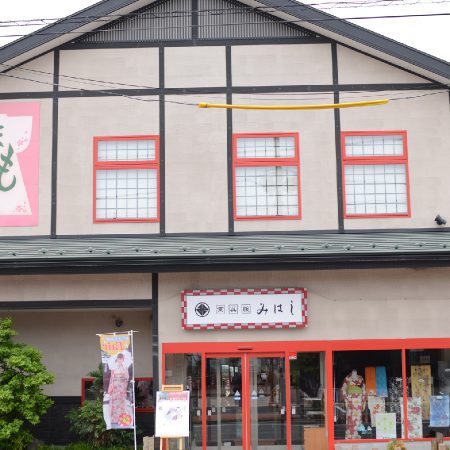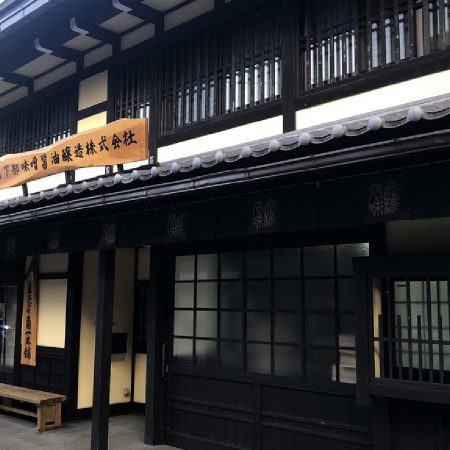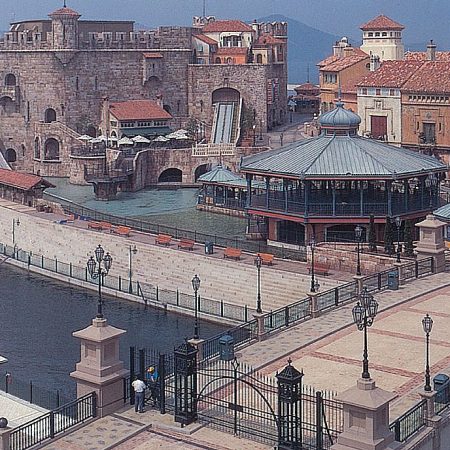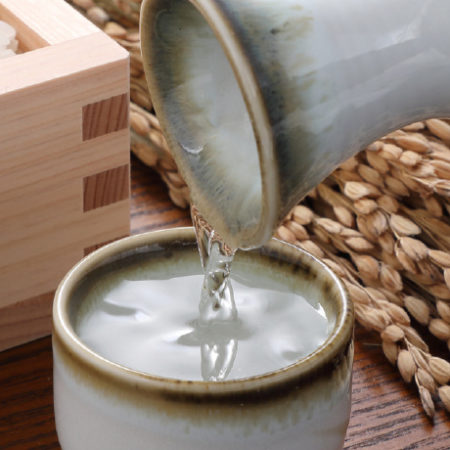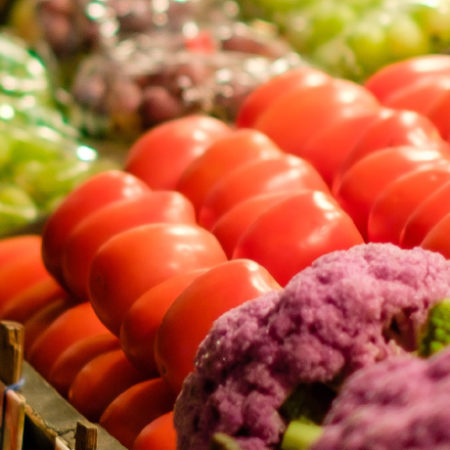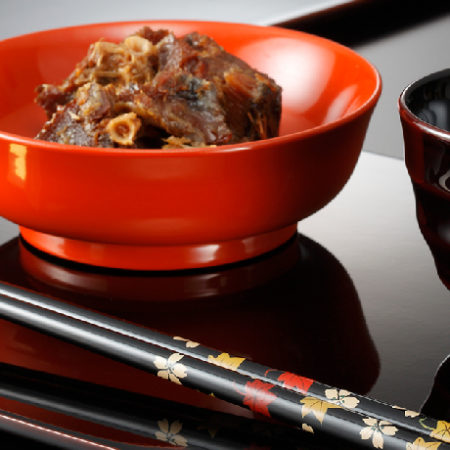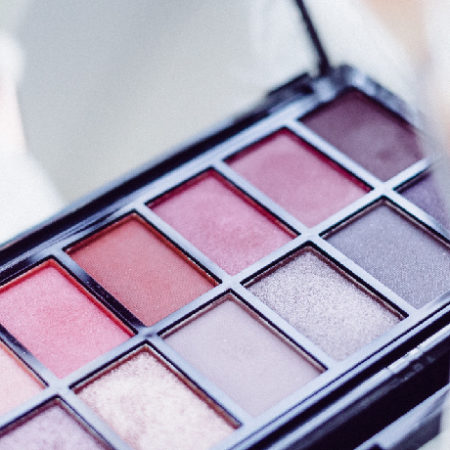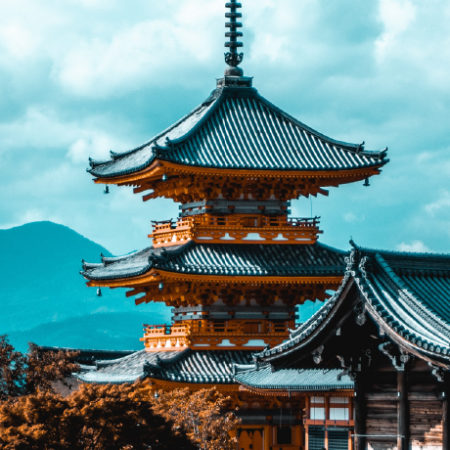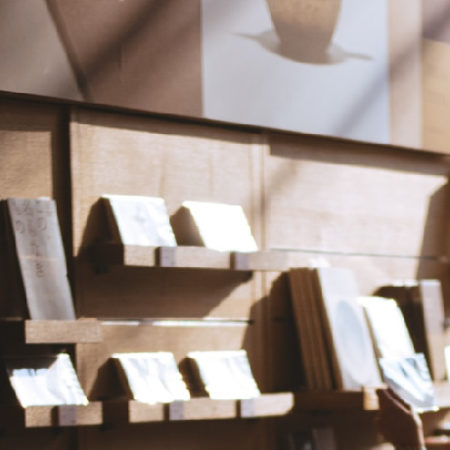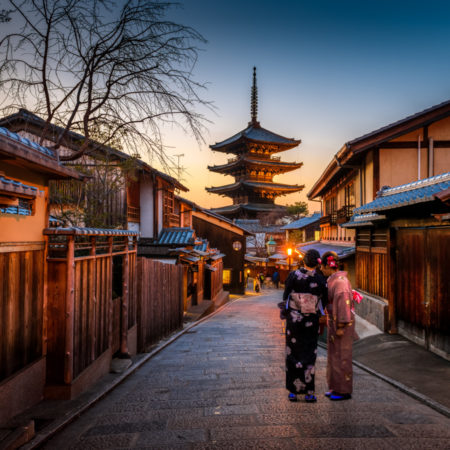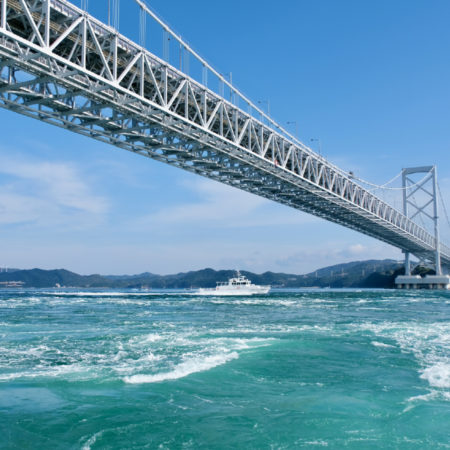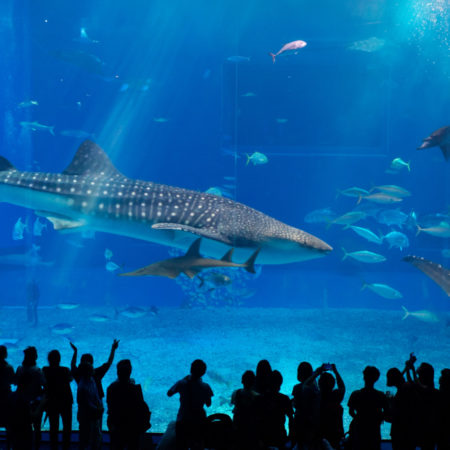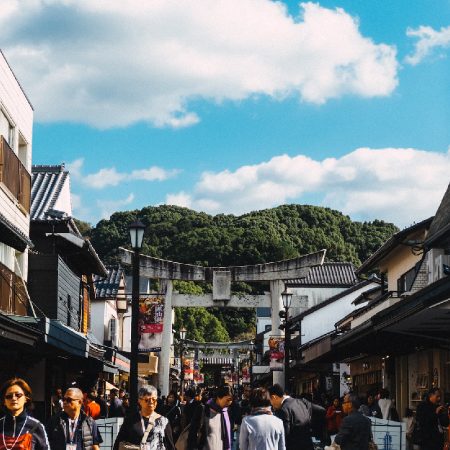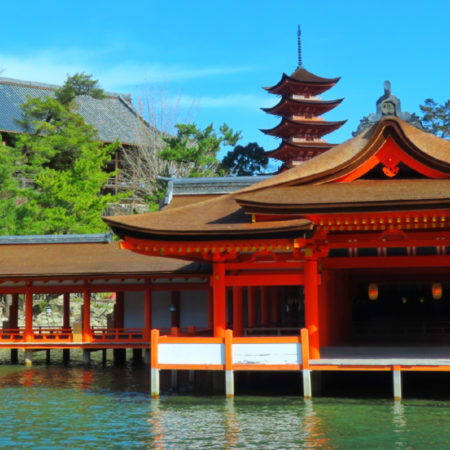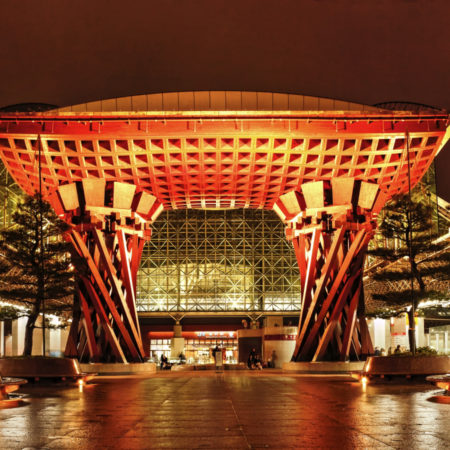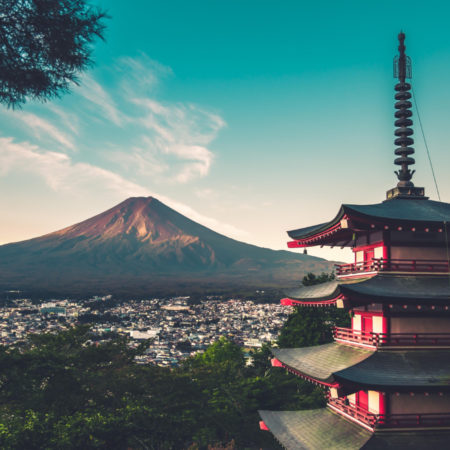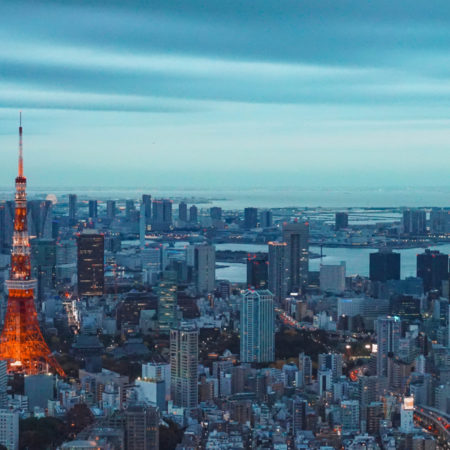Yamaguchi prefecture:
As a region with beautiful natural scenery and a wealth of historical sites, Yamaguchi attracts visitors with its seasonal scenery as well as delicious seafood and local cuisine. In addition to tourist attractions such as Kintai Bridge and Hofu Tenmangu Shrine, Yamaguchi Prefecture is surrounded by the sea, and there are many sea-related tourist attractions such as Kakunoshima and Suo Oshima scattered throughout the prefecture. The history and culture of the samurai are alive and well, and Hagi City in particular is known as the place associated with Yoshida Shoin.
Shimane prefecture:Shimane, a Prefecture Full of Folktales and Traditional Performing Arts
Shimane Prefecture is attractive for its beautiful natural environment and historical heritage. Matsue City, the prefectural capital, is home to Matsue Castle and the Matsue Samurai Residence, which are well worth a visit for history and culture enthusiasts.
In addition, Izumo Taisha Shrine is one of the most famous shrines in Japan, and is known as a place steeped in myth and legend. Shimane Prefecture is also blessed with abundant nature, offering scenery such as Mt. Daisen, Iwami Ginzan Silver Mine, and Lake Shinji. Furthermore, Shimane Prefecture is rich in folk tales and traditional performing arts, and local traditions are alive and well. It is an attractive region where tradition and nature are in harmony.
Tottori prefecture:Tottori, a city where nature and culture are in harmony
Tottori Prefecture, where nature and culture are in harmony and the scenery changes with the seasons, is a region characterized by delicious seafood and beautiful natural scenery, including sand dunes. The prefectural capital is Tottori City, and Tottori Castle and the Tottori Sand Dunes are famous tourist attractions. Tottori Prefecture is also known as "Tohaku Aizuchi" and is characterized by its welcoming dialect. There are many traditional festivals and events, and visitors can enjoy sand art exhibitions at the Tottori Sand Dunes and hot spring cures at Togo Onsen.
Okayama prefecture:Okayama Prefecture, where you can enjoy the scenery and culture
Okayama Prefecture is located in the Chugoku region and is known for its beautiful natural scenery and historical sites. Okayama City is the prefectural capital and the center of culture and tourism, with the Korakuen Garden, Okayama Castle, and art museums. Tsuyama City's Tsuyama Castle and Kurashiki City's Bikan Historical Quarter are also attractive historical towns. Okayama Prefecture offers a wide variety of tourist attractions and culture, including the beautiful Seto Inland Sea, also known as the devil's bill of health, Kibitsu Shrine, and Bizen Pottery. Delicious fruits and local cuisine can also be enjoyed, and the scenery of each of the four seasons attracts visitors.
Hiroshima prefecture:History and Natural Attractions of Hiroshima
Hiroshima Prefecture is located in the Chugoku region and is surrounded by the beautiful Seto Inland Sea and mountains. Hiroshima City is the prefectural capital and home to the Hiroshima Peace Memorial Park and the Atomic Bomb Dome, a symbol of peace and renewal. It is also famous for its enthusiastic baseball fans of the Hiroshima Carp.
The city is also rich in nature, with tourist attractions such as Teshima, Itsukushima Shrine, and Okunojima Island. Hiroshima Prefecture is a fascinating region rich in history, culture, nature, and food, and well worth a visit for many people.
